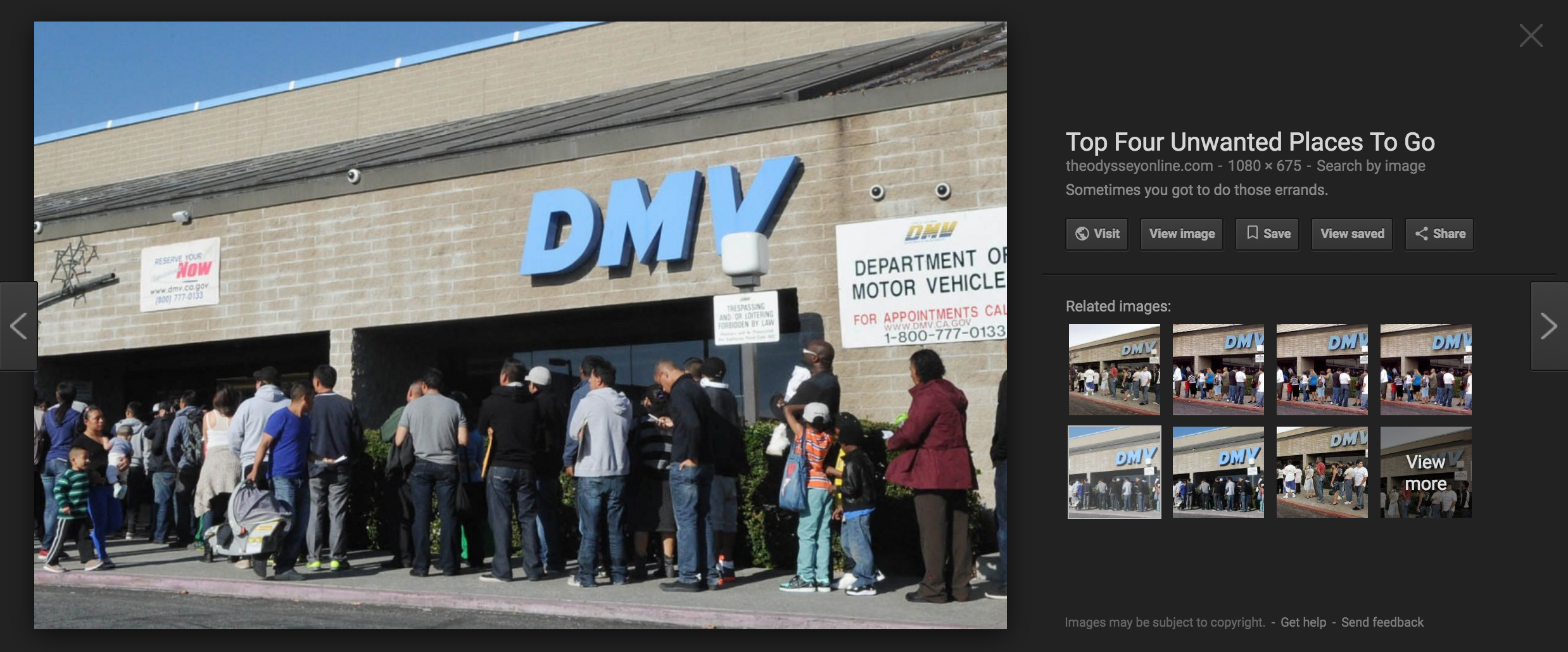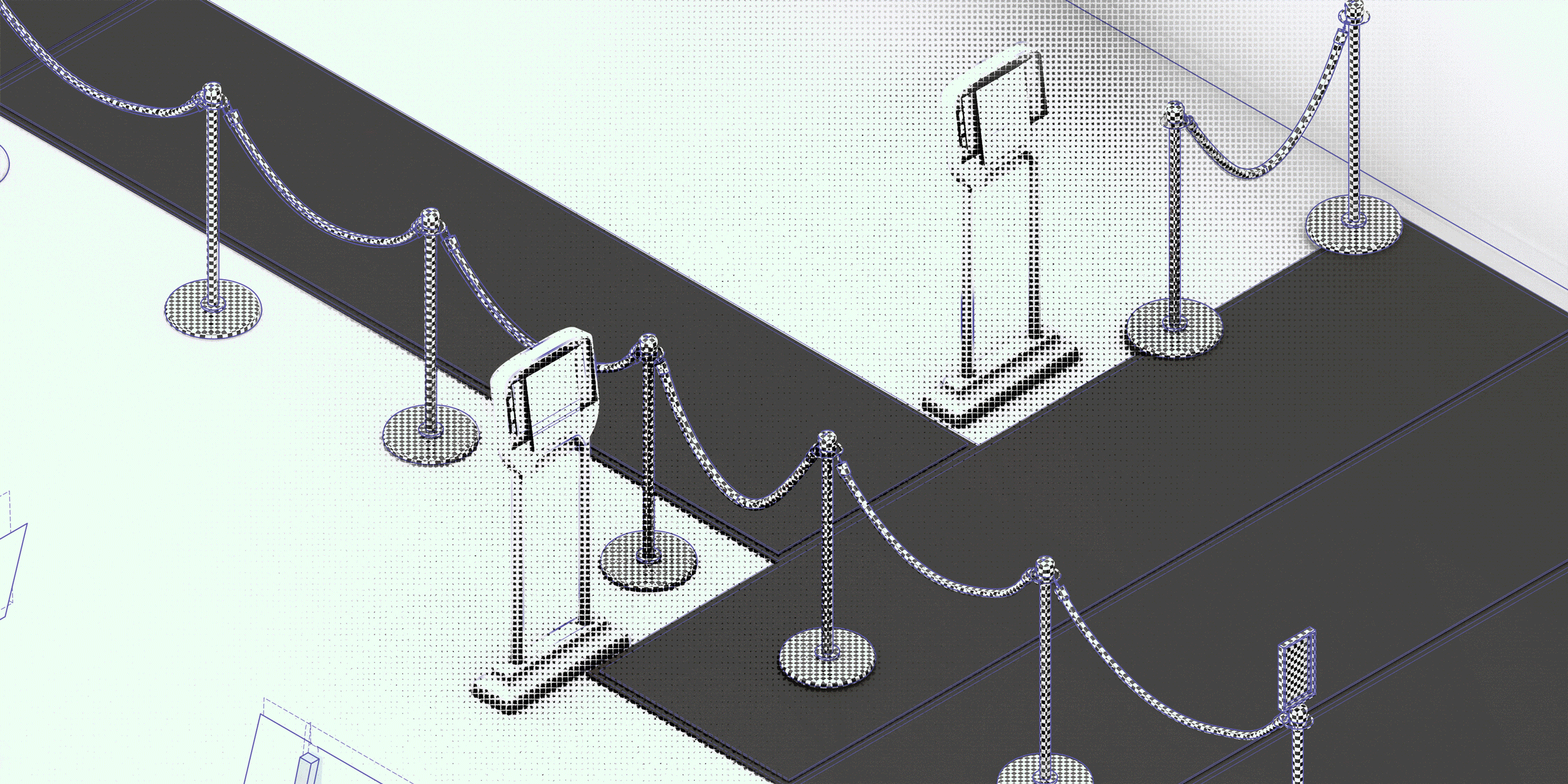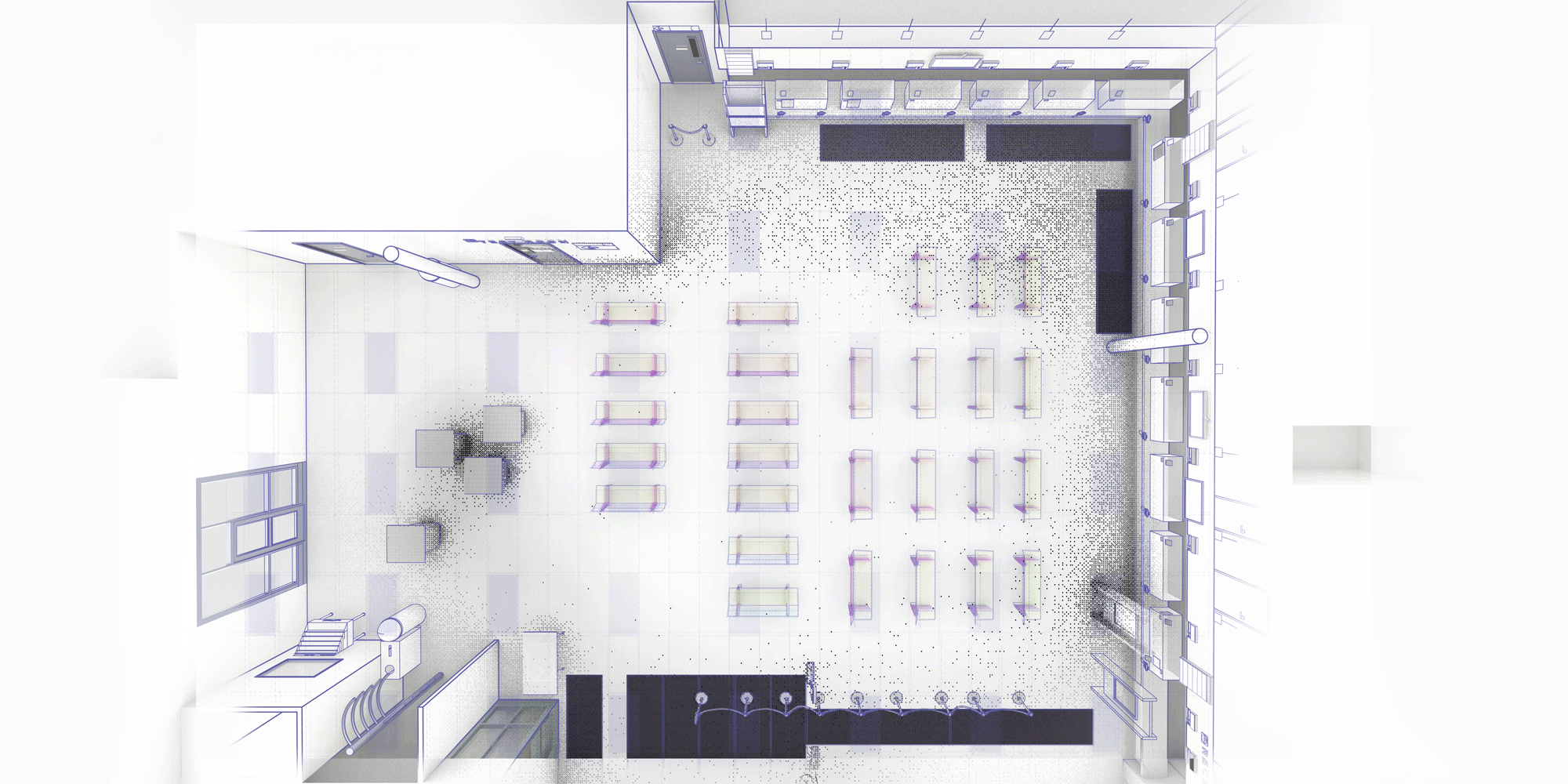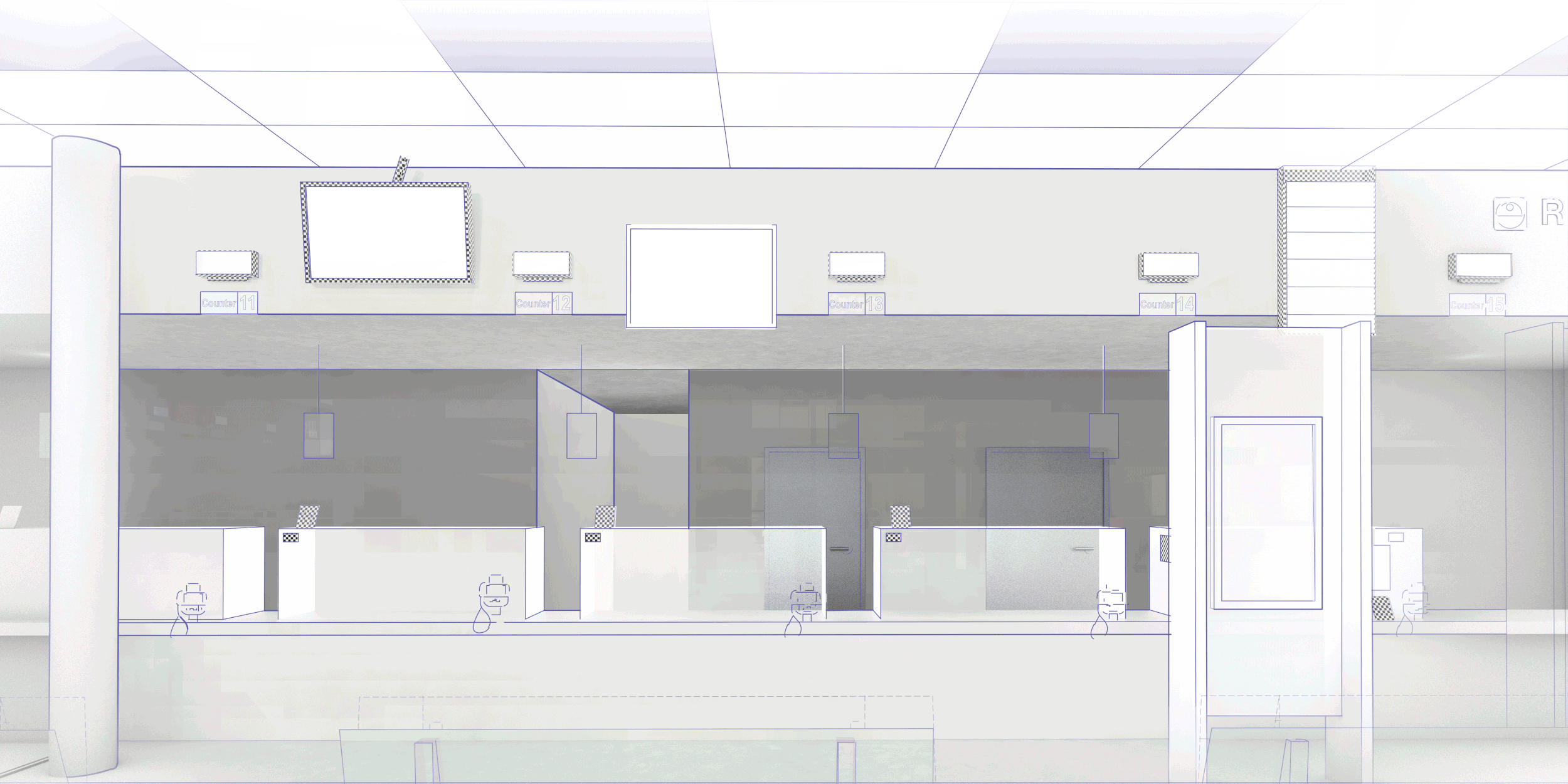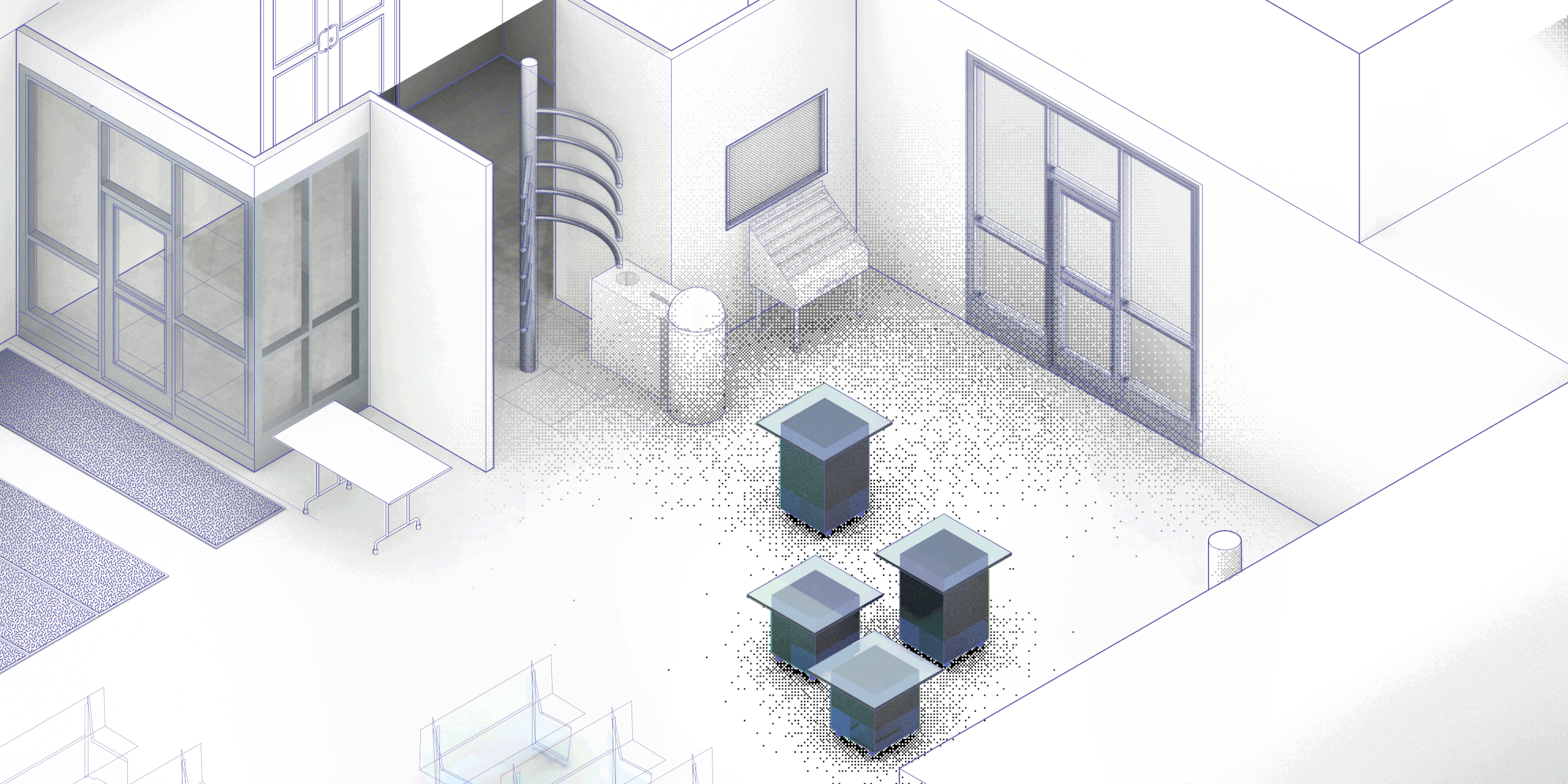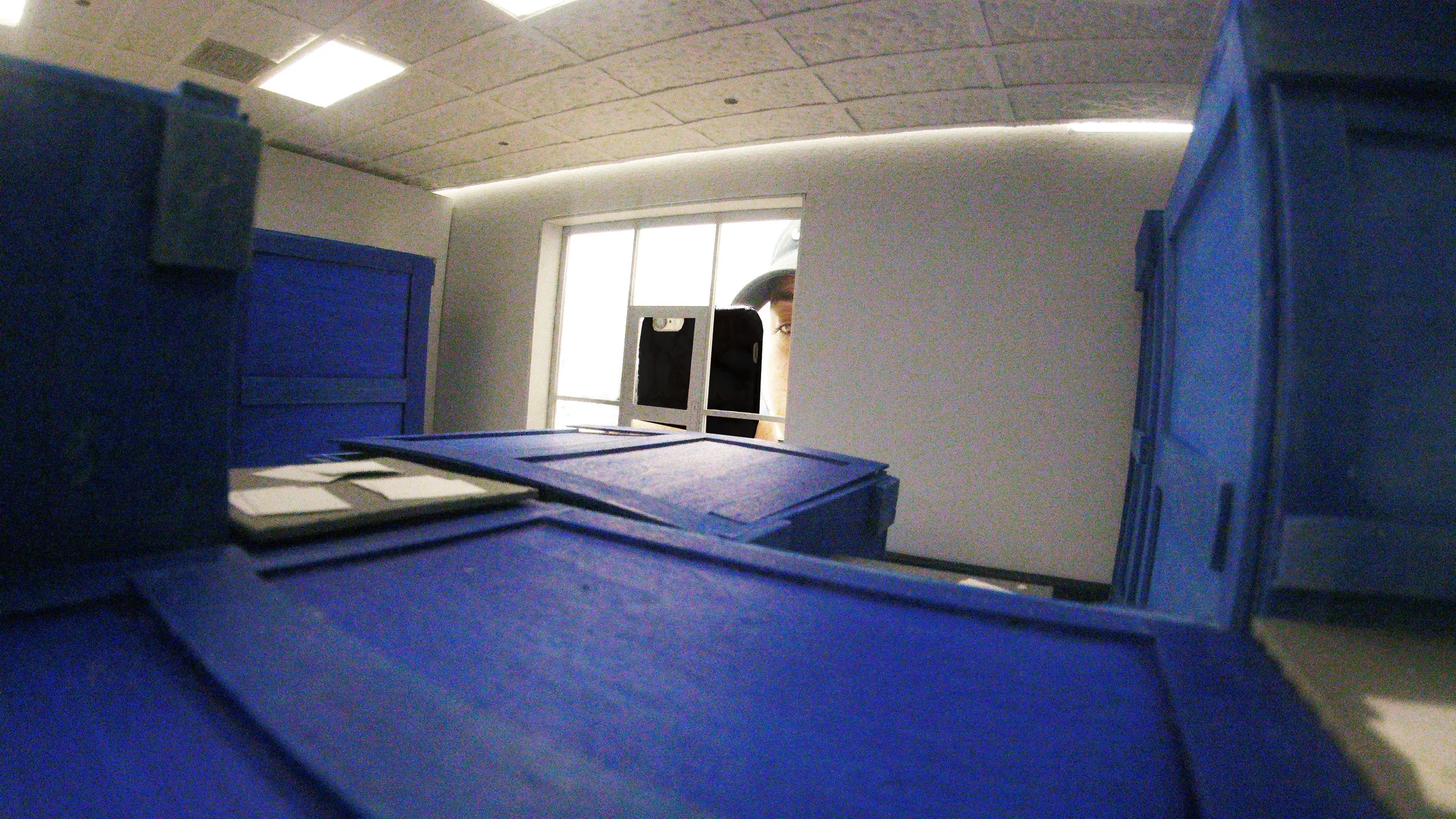The Image Bank is a characterization of a certain condition that defines image culture today - when the image of the thing is often more consumed than the thing itself. This condition has great implications on how we engage with the institution of art. Artie Vierkant defines this condition as part of a greater contemporary movement, the post-internet. Defined by, "ubiquitous authorship, development of attention as currency, the collapse of physical space in networked culture, and the infinite reproducibility and mutability of digital materials."
Mira Henry characterizes this in regard to the art institution in a statement she made at the 2017 Syracuse School of Architecture Boghosian Fellow Symposium: Ishness & Counter Absolutes, "High culture used to float above and be appropriated down," but now, "the digital has made high culture more accessible and common, everything is up for grabs." Through increased access to art, people are now able to publish their very own images to the network, and when published through social media platforms, the subject becomes the object. In response to the critical investigation of how contemporary image culture affects the way we consume art in the museum, The Image Bank finds potential in creating a space that focuses our attention and heightens our engagement with art today. Rather than proposing an impossible return to an idealized intimacy and isolation between art object and viewer, The Image Bank creates an art environment that lives amongst the impact of image culture on this growing audience of art consumers.
The art archive now finds its place to be exposed, experienced and exhibited in the setting of the DMV. While the museum is often cited as a democratic civic space, it is still tailored towards a certain demographic. The Image Bank is interested in the dissemination of art objects into a true public realm - one that is class-less and pervasive. The Department of Motor Vehicles is on e of the only remaining truly democratic places in the United States. It's banality offers a kind of displacement that will heighten the viewer's attention, while its pervasiveness increases access to all.
The Image Bank provides custom doppelgängers of elements consistently found in the DMV: the self service unit, the waiting bench, the counter queue screens, and the field of mobile tables. These elements are hybridized through techniques found in museum storage to subvert our understanding of art display, a means of displacement for the the purpose of attention.
During one’s time at the DMV, the patron will engage with one piece of art and its associated digital media. The Image Bank will randomly generate one piece of art per patron, sourcing from all art museum digital archives that are currently available online. This art object is thermally printed on a receipt, which the patron can reference as he/she engages with the various doppelgängers on site. As the patron navigates the waiting zone, a seemingly endless flood of digital media linked to the archived piece will overwhelm the viewer’s vision. When they are done engaging with their art object, that piece is removed from The Image Bank forever. It's only remaining archival image, that of the receipt, will fade over time - eventually disappearing all together, a kind of deaccessioning.

